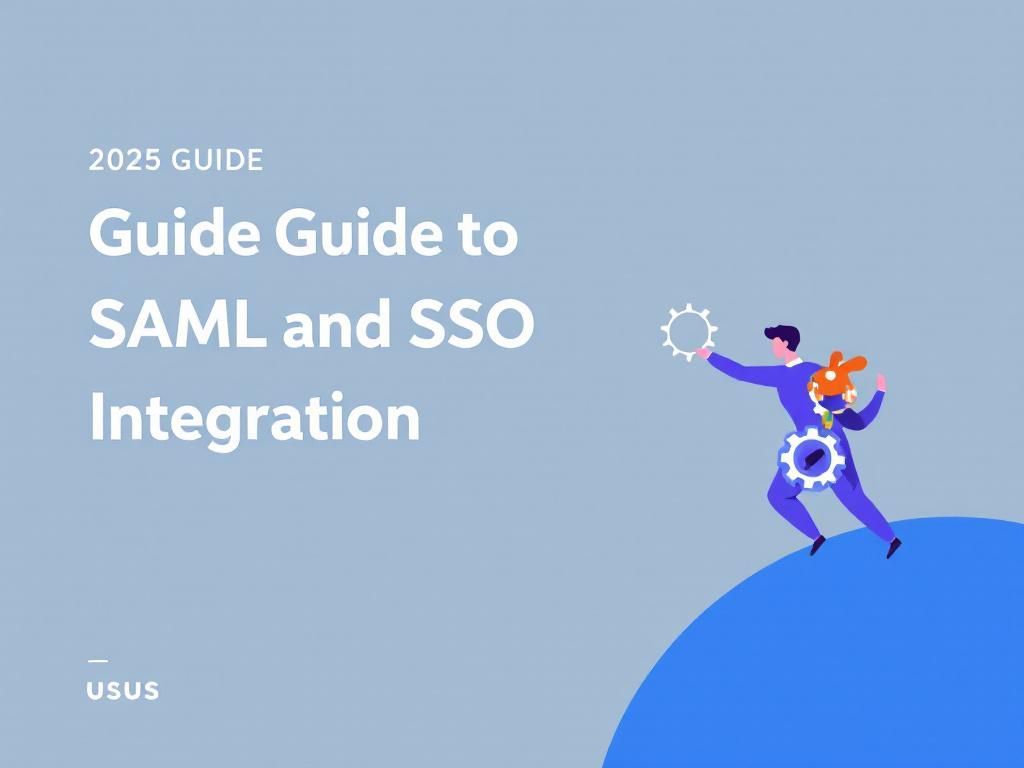Why Corporates Need Digital Identity Management Now
Discover the critical reasons why corporate digital identity management is essential in today's digital landscape. Secure your business now!

In today’s fast-paced digital landscape, businesses are constantly striving to enhance security, improve user experience, and streamline operations. One of the most vital components in achieving these goals is effective digital identity management. As more organizations shift towards digital platforms, the need for robust digital identity solutions has never been more pressing. This article explores the various reasons why corporates must prioritize digital identity management to stay competitive in the modern market.
Table of Contents
Understanding Digital Identity Management
Digital identity management (DIM) encompasses the processes and technologies that organizations use to create, manage, and secure digital identities for users, devices, and applications. A digital identity typically includes a user’s credentials, personal information, and the access rights they have within a system or network.
Key Components of Digital Identity
- Authentication: Verifying the identity of a user or device before granting access to resources.
- Authorization: Setting permissions and access levels for authenticated users.
- Identity Governance: Ensuring compliance with policies and regulations regarding user access and data security.
- Single Sign-On (SSO): Allowing users to authenticate once and gain access to multiple applications without needing to log in separately.
The Growing Importance of DIM in Corporates
As digital transformation accelerates, so does the complexity of managing identities within organizations. Here are several reasons why corporations need to prioritize digital identity management:
1. Increased Cybersecurity Threats
The rise in cyber attacks has made digital security a top priority for businesses. According to recent statistics:
- Over 60% of organizations experienced a security breach in the past year.
- Phishing attacks have surged by 70% since the onset of remote work.
Effective digital identity management can help mitigate these threats by ensuring that only authorized users have access to sensitive information and systems.
2. Enhanced User Experience
An effective digital identity management strategy can greatly enhance the user experience. By implementing solutions like SSO, organizations can simplify access for users, reducing frustration and increasing productivity. This results in:
- Faster onboarding processes for new employees.
- Improved customer satisfaction due to seamless interactions.
- Lower support costs related to password resets.
3. Regulatory Compliance
With the introduction of regulations like GDPR, HIPAA, and CCPA, organizations face rigorous compliance requirements. Effective digital identity management systems enable companies to:
- Track user access and permissions.
- Maintain audit trails for regulatory compliance.
- Implement role-based access controls to restrict data access.
4. Remote Work Trends
The COVID-19 pandemic accelerated the shift towards remote work, making digital identity management even more critical. Companies now have to manage user identities and access across diverse locations and devices. Key considerations include:
- Ensuring secure access to corporate resources from remote locations.
- Managing identities for contractors and temporary workers.
- Addressing the risk of personal device usage for work-related tasks.
Choosing the Right Digital Identity Solution
When selecting a digital identity management solution, organizations should evaluate various options based on their specific needs. Key factors to consider include:
1. Scalability
The solution should be able to grow with the organization, accommodating more users and applications as needed.
2. Integration Capabilities
Ensure that the digital identity management solution can integrate seamlessly with existing systems and applications.
3. User-friendly Interface
A solution that is easy to use will lead to higher adoption rates among employees and reduce training costs.
4. Security Features
Look for solutions that offer advanced security features such as multifactor authentication (MFA), anomaly detection, and robust encryption methods.
Implementing Digital Identity Management: Best Practices
Once a digital identity management system has been chosen, organizations should follow best practices for successful implementation:
1. Conduct a Risk Assessment
Identify and prioritize potential risks associated with identity management to tailor the solution to your organization’s specific needs.
2. Establish Clear Policies
Develop and communicate clear policies regarding identity management responsibilities, access controls, and user behavior.
3. Train Employees
Regular training sessions can help employees understand the importance of digital identity management and how to use the system effectively.
4. Continuously Monitor and Update
Regularly monitor the digital identity landscape to address evolving threats and update policies and systems accordingly.
The Future of Digital Identity Management
As technology advances, the future of digital identity management will likely involve:
- Increased use of artificial intelligence for identity verification and fraud prevention.
- The rise of decentralized identity models that give users greater control over their own data.
- Enhanced biometric authentication methods for more secure access.
In conclusion, digital identity management is no longer a luxury but a necessity for corporates aiming to thrive in the digital age. By investing in robust DIM solutions, organizations can protect sensitive data, enhance user experience, and ensure compliance, ultimately leading to greater success in their business endeavors.
FAQ
What is digital identity management?
Digital identity management refers to the processes and technologies used to manage and secure the digital identities of individuals and organizations, ensuring proper access to resources and protecting sensitive information.
Why do corporates need digital identity management?
Corporates need digital identity management to enhance security, comply with regulations, streamline operations, and protect sensitive data from breaches or unauthorized access.
How does digital identity management improve security?
Digital identity management improves security by implementing strong authentication methods, monitoring user activities, and reducing the risk of identity theft and cyber attacks.
What are the key benefits of implementing digital identity management?
Key benefits include increased operational efficiency, enhanced user experience, improved compliance with regulations, and reduced risk of data breaches.
Can digital identity management help with regulatory compliance?
Yes, digital identity management helps organizations comply with various regulations by ensuring proper access controls and maintaining accurate user records.
What technologies are commonly used in digital identity management?
Common technologies include single sign-on (SSO), multi-factor authentication (MFA), identity governance, and directory services.







